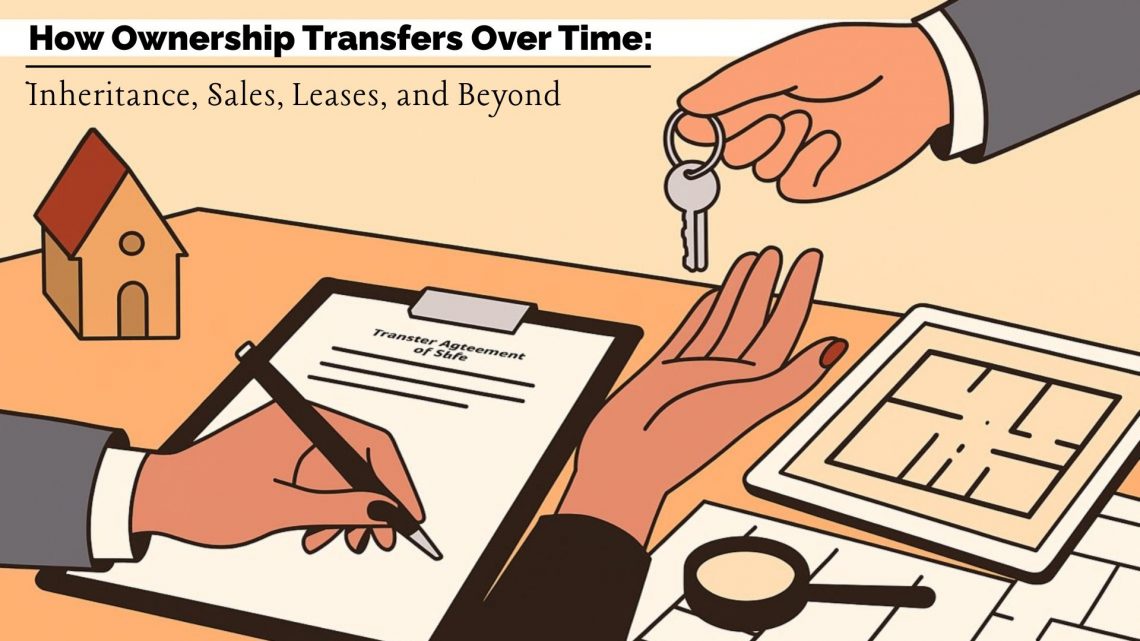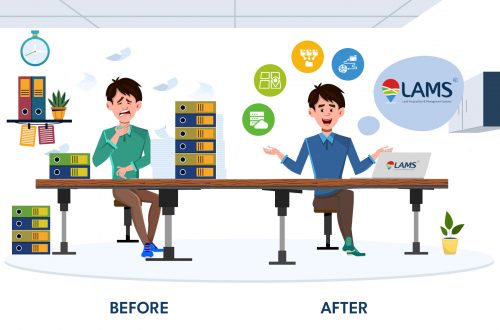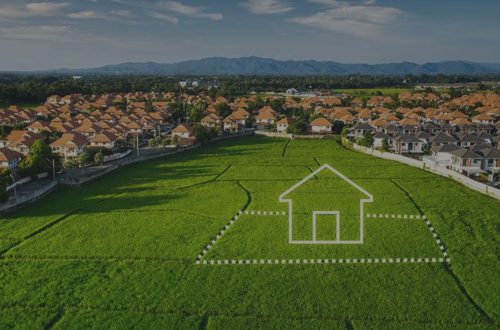
How Ownership Transfers Over Time: Inheritance, Sales, Leases, and Beyond
Land is one of the most valuable assets in society. Over generations, its ownership changes hands through inheritance, sales, leases, and allotments. For organizations, governments, and individuals, keeping track of these ownership transfers is not just a legal necessity—it’s essential for sustainable growth and transparent governance. This is where GIS-based land management solutions play a transformative role.
Understanding Ownership Transfers
1. Inheritance
Land often passes from one generation to another through inheritance. While this is one of the oldest forms of ownership transfer, it can also be the most complex due to disputes, unclear boundaries, or missing records. A Land Records Management System integrated with GIS-based land records management ensures that inherited plots are documented with accuracy, reducing conflicts and ensuring rightful ownership.
2. Sales and Purchases
Buying and selling land is a critical part of economic development. However, manual processes often make it difficult to track ownership history. With land management software and land asset management software, stakeholders can digitally verify ownership, view transaction history, and map assets for better decision-making.
3. Leasing
Land leases are common for agricultural, commercial, and industrial purposes. Yet, managing lease terms, renewals, and payments can become complicated. A modern Land Leasing Software or Land Lease Management system streamlines the process, helping organizations track contracts, deadlines, and compliance through a centralized dashboard.
4. Allotments and Acquisitions
Governments and corporations often engage in land acquisition and allotment for projects like infrastructure, housing, and industrial development. Using Land Acquisition Software and Land Allotment Software, stakeholders can manage acquisition records, compensation details, and allotment status seamlessly. When combined with a Land Information Management System, it creates transparency, ensuring fair distribution and efficient governance.
The Role of Technology in Modern Land Management
Traditional, paper-based methods of tracking ownership transfers are prone to errors and disputes. Today, technology has revolutionized this space through Digital Land Management Systems and GIS-based land management systems. These systems enable:
Accurate Mapping: With Land Mapping Software, boundaries are digitally recorded and verified, minimizing errors.
Centralized Records: A Land Management System Software integrates sales, leases, inheritance, and acquisitions into one platform.
Real-Time Insights: Dashboards within a GIS-based land management system provide instant updates on ownership and usage.
Transparency & Compliance: A Land Records Management System ensures every transaction is documented and auditable.
Why Organizations Need Digital Land Management
For corporations, government agencies, and land developers, adopting land management solutions is no longer optional. It is essential to:
- Prevent ownership disputes
- Ensure regulatory compliance
- Optimize land utilization
- Facilitate smooth transactions
- Build trust with stakeholders
A Complete Solution to Ownership Transfer Challenges
Managing land ownership transfers—whether through inheritance, sales, leases, or acquisitions—can be complex without the right system in place. CyberSWIFT’s Land Acquisition & Management System (LAMS) is designed to simplify and streamline these processes, ensuring transparency, compliance, and efficiency.
How LAMS Overcomes the Challenges
Inheritance Conflicts:
- LAMS incorporates all inheritance-related records digitally.
- Disputes due to unclear boundaries or missing documents are minimized through GIS-based mapping and real-time validation.
Sales and Purchases:
- LAMS provides a centralized digital repository to track ownership history, transaction details, and verification documents.
- With land asset management software features, stakeholders can easily validate land ownership and make informed purchase or sale decisions.
Leasing Complexities:
- The system includes a Land Lease Management module that automates lease agreements, renewals, and payment schedules.
- Dashboards provide alerts for upcoming deadlines, ensuring smooth operations for agricultural, commercial, or industrial leases.
Allotments and Acquisitions:
- LAMS empowers governments and corporations with Land Acquisition Software and Land Allotment Software, enabling them to manage compensation, allocation, and approval workflows seamlessly.
- The solution enhances transparency by linking Land Information Management Systems with GIS maps for accurate land identification.
Key Benefits of CyberSWIFT’s LAMS
- Centralized Records: One platform for inheritance, sales, leases, and acquisitions.
- GIS Integration: Accurate land mapping, reducing boundary disputes.
- Real-Time Dashboards: Instant insights for decision-makers.
- Regulatory Compliance: Automated documentation for audit readiness.
- Transparency & Trust: Clear, trackable ownership history builds stakeholder confidence.
Conclusion
Land ownership is dynamic, evolving through inheritance, sales, leases, allotments, and acquisitions. Managing these changes effectively requires more than just paperwork—it demands innovation. With advanced tools like GIS-based land management systems, land software, and land lease management solutions, organizations can ensure accuracy, transparency, and long-term sustainability.
At CyberSWIFT, we provide customized land management solutions that integrate GIS technology with powerful land records management systems—helping businesses and governments manage ownership transfers with confidence and clarity.


Darshana Mukherjee is a Senior Consultant in Business Development with over 11 years of experience in sales, primarily focused on the Geospatial IT industry. Her expertise lies in driving business growth through strategic partnerships, client engagement, and delivering solutions. She combines her technical knowledge with business acumen to contribute effectively to organizational success.





